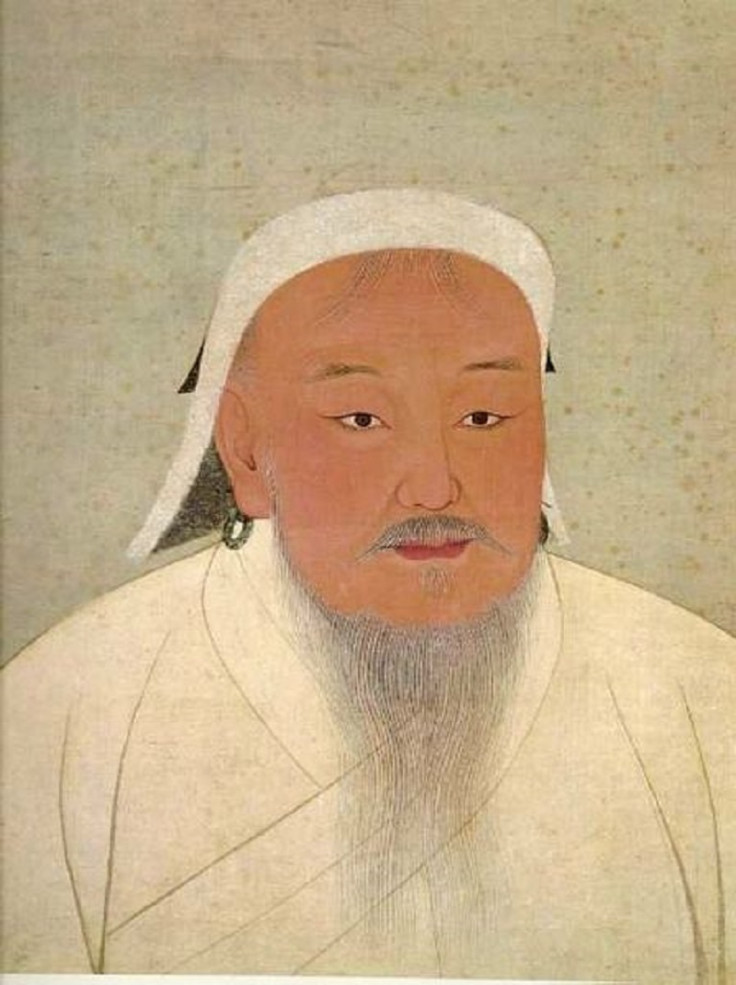Lost Genghis Khan fortress unearthed in western Mongolia

A long lost fortress belonging to Genghis Khan has been unearthed in western Mongolia, dating back to the 13th century.
Archaeologists from Japan and Mongolia announced the find, saying it could provide new details about the Mongol Empire's strategy for western expansion and the establishment of trade routes, The Asahi Shimbun reports.
Koichi Matsuda, professor emeritus of Mongol Empire history at Osaka International University, who led the find, said: "We hope the discovery will be useful in ascertaining the history of the Mongolian Plateau between the 13th and 14th centuries."
Genghis Khan ruled the Mongol Empire for over 20 years after uniting nomadic tribes across northeast Asia. The Empire went on to become the largest connecting empire in history after his death in 1227.
Archaeologists were looking at ruins about 880km west of Ulan Bator when they noticed geographical features similar to the landscape described by a travel book from medieval China.
In 2001, they unearthed Chinese ceramics dating to the 13<sup>th century and aerial photographs showed a 200 x 200m fortress surroundied by a soil wall.
However, researchers have now used carbon dating to work out the age of wood chips and animal bones from the site. Findings showed the wood was from the 12<sup>th and 13th century, while the bones were from the 14<sup>th.
They conclude the site was a castle turned into a military base for Khan while he went on his lengthy invasion across Asia. It is thought the fortress was commissioned by one of Khan's close aids in 1212.
Their findings come as researchers look to find the final resting place of Khan by analysing satellite imagery tagging potential sites.
Albert Yu-Min Lin, from the University of California, San Diego, set up a project asking anyone interested to get involved with the search for the tomb.
Khan's final resting place is shrouded in mystery. According to legend, the ruler asked to be buried with no markings. His soldiers, transporting his body, killed anyone they passed en route, then killed themselves so the secret could never be revealed.
Speaking to National Geographic, Lin said: "Using traditional archaeological methods would be disrespectful to believers. The ability to explore in a non-invasive way lets us try to solve this ancient secret without overstepping cultural barriers. It also allows us to empower Mongolian researchers with tools they might not have access to otherwise.
"Today's world still benefits from Genghis Kahn's ability to connect East with West. He forged international relations that have never been broken. By locating his tomb, we hope to emphasise how important it is for the world to protect such cultural heritage treasures."
© Copyright IBTimes 2025. All rights reserved.






















